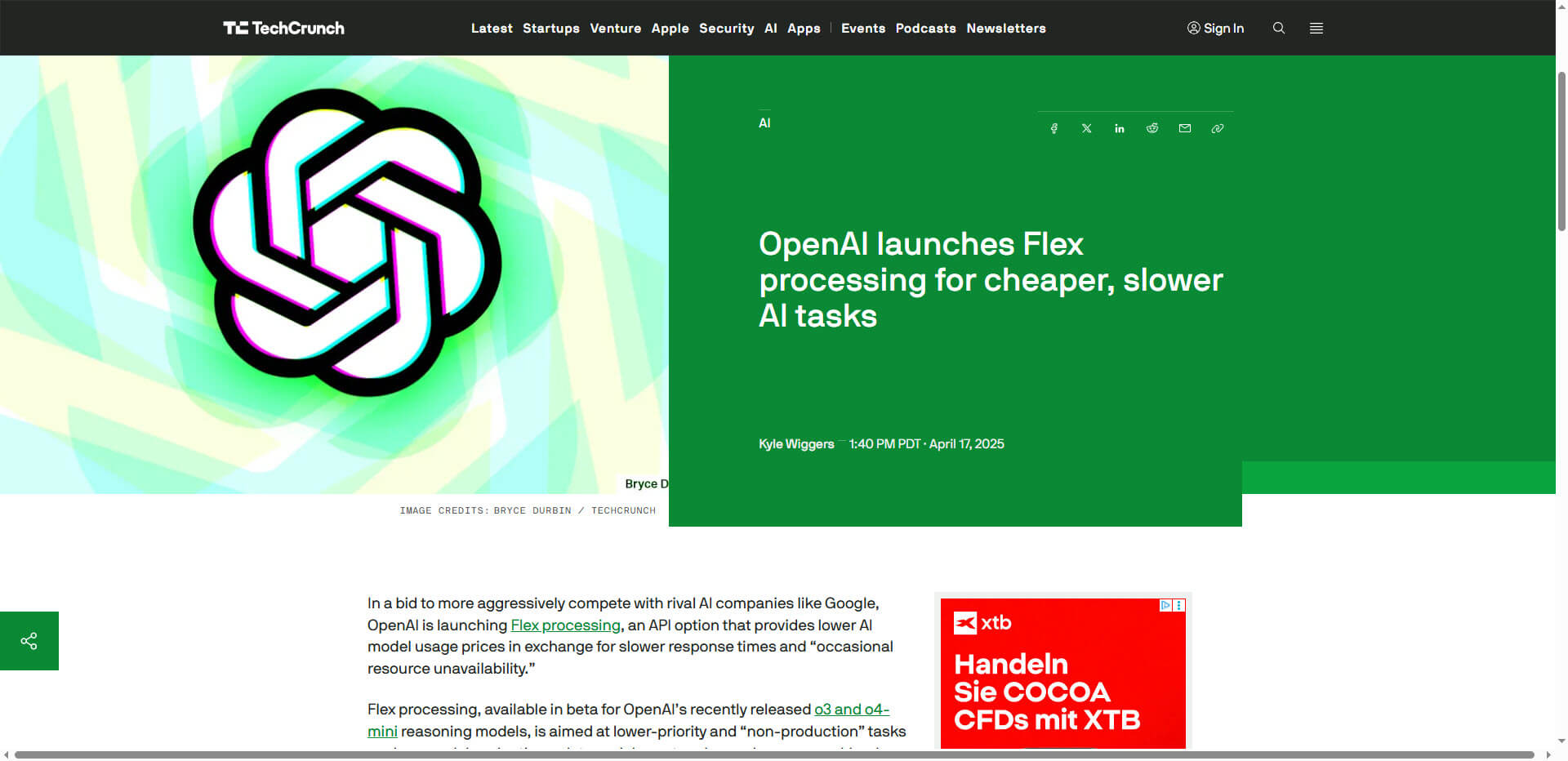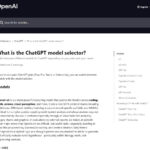OpenAI drastically reduces the cost of AI applications by 50% with the new Flex Processing system for non-time-critical tasks.
The AI landscape is undergoing a significant change with OpenAI’s latest innovation: Flex Processing. This new processing option enables organizations and developers to perform non-time-critical AI tasks at half the cost. While traditional API calls provide immediate responses, Flex Processing makes targeted use of time windows with lower utilization, significantly reducing operational costs.
Especially for use cases such as data analysis, text summaries or test runs, the new option offers significant economic advantages. The 50% cost saving applies to both the powerful o3 models and the more efficient o4-mini variants, making the technology accessible to a wider range of users.
Technical architecture and market positioning
The architecture behind Flex Processing is based on a dynamic resource allocation system that manages requests in queues and processes them during off-peak times. This results in a latency of 2-15 seconds for o3 models and 1-8 seconds for o4-mini, compared to milliseconds for standard processing. The trade-off between speed and cost is deliberately designed for tasks where immediate responses are not required.
In the highly competitive market for generative AI services, OpenAI is using this offering to position itself against competitors such as Google, which recently launched Gemini 2.5 Flash with similar pricing structures. Chinese companies such as DeepSeek are also increasingly offering low-cost models, which is increasing the price pressure in the industry.
Future prospects and strategic importance
The introduction of Flex Processing marks a strategic turning point in OpenAI’s business model. Industry analysts predict that this technology could process around 35-40% of all non-time-critical AI workloads by the third quarter of 2026. This will significantly improve infrastructure utilization, which could even lead to a price reduction of around 22% for standard API calls in the medium term.
For enterprise customers, however, the verification requirements must be taken into account. Access to o3 models requires either significant monthly expenditure (from USD 50,000) or an extensive identity verification process that includes corporate domain validation and proof of compliance. These measures improve security but result in delays of 14-21 days in setting up new corporate accounts.
Summary:
- OpenAI introduces Flex Processing, which reduces the cost of non-time-critical AI tasks by 50%
- The technology utilizes off-peak times for processing with latencies of 1-15 seconds
- Both o3 and o4 mini models benefit from the price reduction
- Competitive pressure from Google’s Gemini 2.5 Flash and Chinese vendors such as DeepSeek
- Verification processes for enterprise customers ensure increased security with longer set-up times
- Forecasts see flex processing accounting for 35-40% of all non-time-critical AI workloads by 2026
Source: TechChrunch







